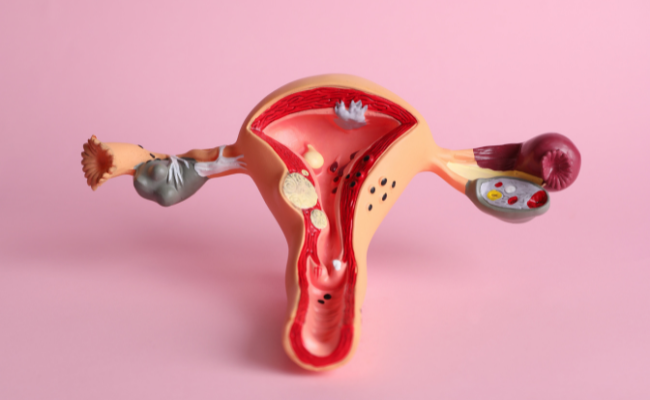How to Treat Female Genital Mutilation?
- February 13, 2024
- No Comments
What is Female Genital Mutilation (FGM)?
Female Genital Mutilation (FGM) is a harmful practice that involves the partial or complete removal of the external female genitalia or other forms of injury to the female genital organs, all performed for non-medical reasons. Typically inflicted on young girls between infancy and adolescence, FGM constitutes a severe violation of their fundamental human rights, including their rights to health, security, and dignity.
Why Does Female Genital Mutilation Occur?
FGM is deeply rooted in cultural, social, and religious beliefs in some communities. It is often perceived as a way to control a girl's sexuality, ensure chastity, and prepare her for marriage. Other reasons include cultural identity, initiation rites, and social acceptance within the community. Despite efforts to eradicate it, FGM continues due to deeply ingrained societal norms and beliefs.
How to Address Female Genital Mutilation?
- Education and Awareness: Education plays a crucial role in combating FGM. Efforts should focus on raising awareness about the physical and psychological consequences of FGM, as well as promoting gender equality and human rights. Educating communities, religious leaders, and healthcare providers about the harmful effects of FGM can help change attitudes and behaviors.
- Legislation and Enforcement: Governments must enact and enforce laws prohibiting FGM. Legislation can serve as a deterrent and provide legal protection for girls and women at risk of FGM. Law enforcement agencies should be trained to effectively enforce these laws and hold perpetrators accountable for their actions.
- Community Engagement: Engaging with communities where FGM is prevalent is essential for promoting behavior change. Community leaders, elders, and religious authorities can play a pivotal role in advocating against FGM and promoting alternative rites of passage for girls. Providing platforms for open dialogue and discussion can help challenge harmful beliefs and traditions.
- Healthcare Interventions: Healthcare professionals have a responsibility to provide medical care and support to girls and women affected by FGM. This includes medical treatment for immediate complications, such as bleeding, infection, or urinary problems, as well as long-term health consequences, such as chronic pain, infertility, and psychological trauma. Healthcare providers should also offer counseling and support services to survivors of FGM.
Treatment Solutions for Female Genital Mutilation
- Medical Treatment: Immediate medical treatment is necessary for girls and women who have undergone FGM to address any complications and prevent further harm. This may include managing pain, treating infections, and providing surgical interventions to repair damage to the genitalia. In cases of severe FGM, reconstructive surgery may be necessary to restore normal genital function and appearance.
- Psychological Support: Survivors of FGM often experience psychological trauma, including anxiety, depression, and post-traumatic stress disorder (PTSD). Psychological support services, such as counseling and therapy, can help survivors cope with their experiences, address emotional distress, and rebuild their self-esteem and sense of identity.
- Community Rehabilitation: Community-based rehabilitation programs can provide holistic support to survivors of FGM and their families. These programs may include education and awareness-raising activities, vocational training, income-generating projects, and peer support networks. By empowering survivors and promoting community cohesion, rehabilitation programs contribute to long-term behavior change and social transformation.
Benefits of Addressing Female Genital Mutilation
- Protection of Human Rights: Ending FGM is a fundamental human rights issue. By prohibiting and preventing FGM, countries uphold the rights of girls and women to bodily integrity, health, and well-being. Eliminating FGM contributes to the fulfillment of human rights principles, including equality, dignity, and non-discrimination.
- Improvement of Health Outcomes: Addressing FGM leads to improved health outcomes for girls and women. By preventing the physical and psychological consequences of FGM, including infection, chronic pain, and mental distress, individuals can lead healthier and more fulfilling lives. This, in turn, contributes to overall improvements in public health and well-being.
- Promotion of Gender Equality: FGM perpetuates gender inequality and reinforces harmful gender norms and stereotypes. By challenging FGM and promoting gender equality, societies create opportunities for girls and women to realize their full potential, participate equally in society, and exercise their rights and freedoms.
- Community Development: Ending FGM contributes to broader development goals, including poverty reduction, education, and social cohesion. By investing in education, health care, and economic empowerment for girls and women, communities can break the cycle of poverty and promote sustainable development for future generations.







.jpg)


Comments (0)
No comments yet